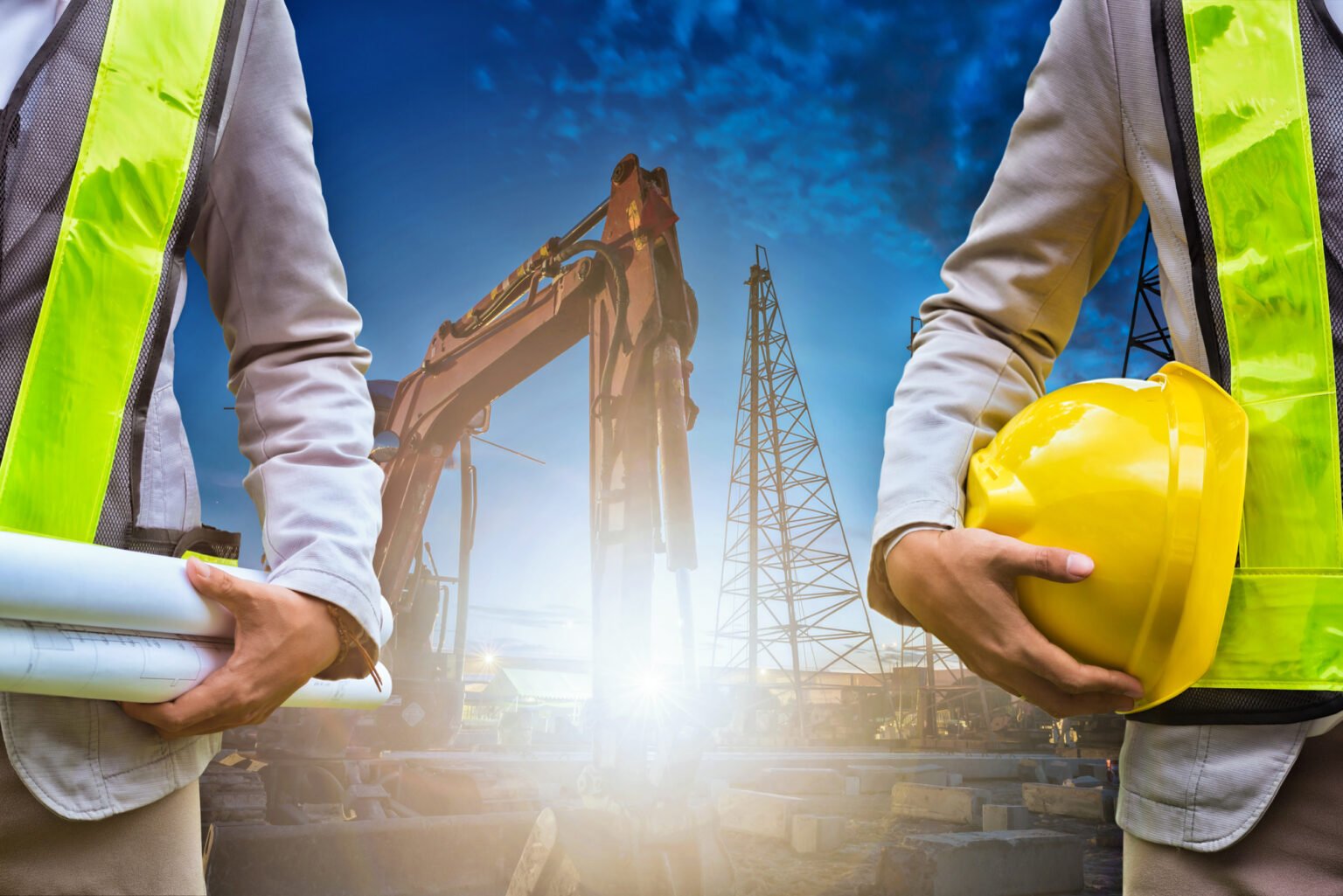Seven million work injuries happen every year, according to the National Safety Council. Why? Because construction sites are one of the number one places with the most safety concerns.
It’s time to focus on job site safety.
Safe job sites prevent project disruptions. When injuries don’t occur on a site, workers can complete projects on time. Delivering timely work satisfies the customer and sets your business up for repeat work.
You also increase staff retention when you provide workers with a safe place to work. No one wants to work for a company that puts their life at risk.
Are you concerned about your job site safety? We’ve got five tips to help you drastically improve the safety of your employees. Continue reading to learn more!
Table of Contents
1. Job Site Safety Starts With Surveying Your Site
The only way to find out about potential hazards on your site is to physically survey it. That means take a long walk around the site looking for hazards.
Check for faulty construction zones. Look for loose wires, items sitting in danger zones, and weak areas in the construction itself. Do this each day for as long as the project lasts.
Don’t settle for 1st-day, last-day visits. As projects stretch on, workers get tired, then accidents happen. Go by the site every day to make sure staff is following safety protocols.
2. Hold Everyone Accountable
There’s no such belief as every man for himself on a constructions site. Every staff member has the responsibility of following all safety protocols.
Hold everyone accountable.
Set guidelines and apply penalties to those who decide not to follow them. Staff members need to see that you’re serious about protecting everyone on the job. People tend to comply when they see that there are repercussions for their actions.
3. Provide Proper Supervision
Having more eyes and ears on a construction site is always a good idea. Put someone in charge of executing the safety plan every day. Hire a supervisor.
A supervisor performs safety checks throughout the day. They make sure workers wear proper gear on the site at all times. Supervisors are also responsible for ensuring site technology remains functional.
They record and report incidents as well as encourage workers to speak up about safety concerns.
4. Invest in Technology
We live in the twenty-first century. There’s a technological invention for everything, including construction.
Invest in technology for your site. Here’s a list of a few things you can start with:
- Smartwatch – detects falls and sends alerts
- Powered Footwear – senses locations and detects pressure from shocks and falls.
- Smart Hart Hat – Monitors fatigue, detects collisions, and prevents microsleeps.
Consider installing security cameras as well. Check out https://mobilevideoguard.com/jobsite-security-camera-rental/ for more details on that.
Secure Your Site
Job site safety protects you and your staff. Consider these tips and start implementing safety measures on your site right away.
We have more construction how-tos we’d like to share with you. Check out our construction guides for up-to-date information in this field.






